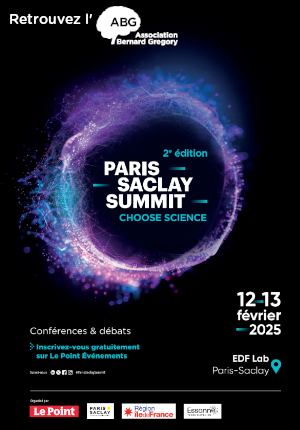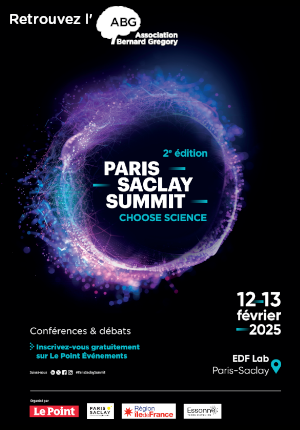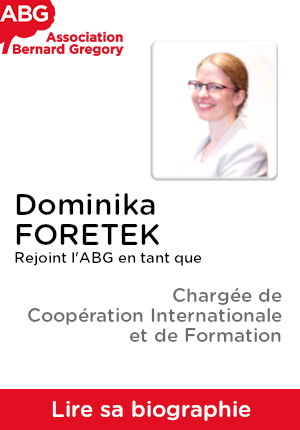Measuring mechanical strains in live cells with force nanosensors
| ABG-128338 | Thesis topic | |
| 2025-02-04 | EU funding |

- Biotechnology
- Biochemistry
- Physics
Topic description
Membrane adhesion receptors and cytoskeleton are two key elements in cell biology mechanotransduction. The molecular machinery of mechanotransduction is a transversal hot topic that give rise to intense activity in scientific theme mixing physics, chemistry , biochemistry and biology . Our ability to understand mechanical cues in biology is limited by our capability to measure it in living cells. Therefore, the spatio-temporal dynamics and regulation of active zones involved in mechanosensing, typically at focal adhesion sites, are still poorly understood. This collaborative project proposes to develop a new force nanosensor (allowing to measure and map the mechanical strains exerted by living cell. This probe is composed of an extensible elastic molecule, flanked by two emitters at its ends, including a quantum dot. The force measurement will be achieved when the elastic molecule is stretched, and Förster Resonant Energy Transfer (FRET) will constitute the way to quantify this stretching at the nanoscale. In this project we also propose to highlight the benefits of our new force nanosensor to probe mechanosensing processes by developing two original applications. These applications will require to implement force nanosensors for super-resolution fluorescence imaging. The first application will use a biomimetic platform allowing to investigate the dynamics of cytoskeleton contractility on integrin focal adhesion complex. The second application will consist in measuring the dynamic of contractile forces in 2D environment, generated by fibroblasts.
Full proposal: https://lightinparis.eu/measuring-mechanical-strains-in-live-cells-with-force
Starting date
Funding category
Funding further details
Presentation of host institution and host laboratory
Complementarity between supervisors and interdisciplinarity
Marcelina Cardoso Dos Santois (MCDS) is a cell biologist, while Rodolphe Jaffiol (RF) is a biophysicist. Both partners work in the field of biophysics and have an interdisciplinary background mixing physics, biology, chemistry and biochemistry. They had previously worked together to develop a nano-imaging technique called variable-angle TIRF, allowing to quantify cell binding energy. This new collaborative project is in line with the condition of interdisciplinarity ("3i"). In fact, both partners are associated with two different doctoral schools.
Resources
The project is already supported by an ANR funding (ANR-23-CE42-0009-01). QD-based force sensors are already available. The microscopy techniques such as single molecule fluorescence imaging, FRAP, FRET, TIRF and optical tweezers are already implemented in partner’s labs. Both labs have as well access to cell culture unit. Protein purification will be implemented in MCDS lab.
Supervision experience
Both partners have extensive experience in doctoral supervision and hold Habilitation to Direct Research (HDR) degrees. RJ has supervised 11 doctoral theses. 8 have been defended and 3 are in progress. The MCDS supervised 4 PhDs, 2 of which were completed and 2 of which continue to progress. The partners have indicated their willingness to undertake the supervision of this project, with an allocation of 50% and 30% full-time equivalent (FTE) for MCDS and RJ, respectively.
PhD title
Country where you obtained your PhD
Institution awarding doctoral degree
Graduate school
Double degree
YesCountry where the PhD was obtained in cotutelle
Establishment awarding the doctorate in cotutelle
Candidate's profile
This interdisciplinary PhD project will mobilise ground-breaking imaging techniques such as :
- single molecule fluorescence microscopy
- Förster resonance energy transfer (FRET)
- Optical tweezers coupled force spectroscopy
- Fluorescence Recovery After Photobleaching (FRAP)
- Total Internal Reflection Fluorescence Microscopy (TIRFM)
In vitro and in cell experiments:
- Cell culture
- In vitro biomimetic systems (supported lipid bilayers)
Biochemistry:
- Protein purification
Data Analysis:
- Deep learning
We are therefore looking for a highly motivated, inquisitive candidate who wishes to work in an interdisciplinary environment to complete a PhD at the interface between cell biology, biophysics and biochemistry. The candidate may have an initial background in biology, physics or biophysics with a strong aptitude for experimental work.
Vous avez déjà un compte ?
Nouvel utilisateur ?
Get ABG’s monthly newsletters including news, job offers, grants & fellowships and a selection of relevant events…
Discover our members
 ANRT
ANRT  ADEME
ADEME  MabDesign
MabDesign  TotalEnergies
TotalEnergies  Nokia Bell Labs France
Nokia Bell Labs France  Généthon
Généthon  Institut de Radioprotection et de Sureté Nucléaire - IRSN - Siège
Institut de Radioprotection et de Sureté Nucléaire - IRSN - Siège  CESI
CESI  ONERA - The French Aerospace Lab
ONERA - The French Aerospace Lab  Institut Sup'biotech de Paris
Institut Sup'biotech de Paris  SUEZ
SUEZ  CASDEN
CASDEN  Ifremer
Ifremer  Groupe AFNOR - Association française de normalisation
Groupe AFNOR - Association française de normalisation  PhDOOC
PhDOOC  Tecknowmetrix
Tecknowmetrix  Aérocentre, Pôle d'excellence régional
Aérocentre, Pôle d'excellence régional  Laboratoire National de Métrologie et d'Essais - LNE
Laboratoire National de Métrologie et d'Essais - LNE  MabDesign
MabDesign







